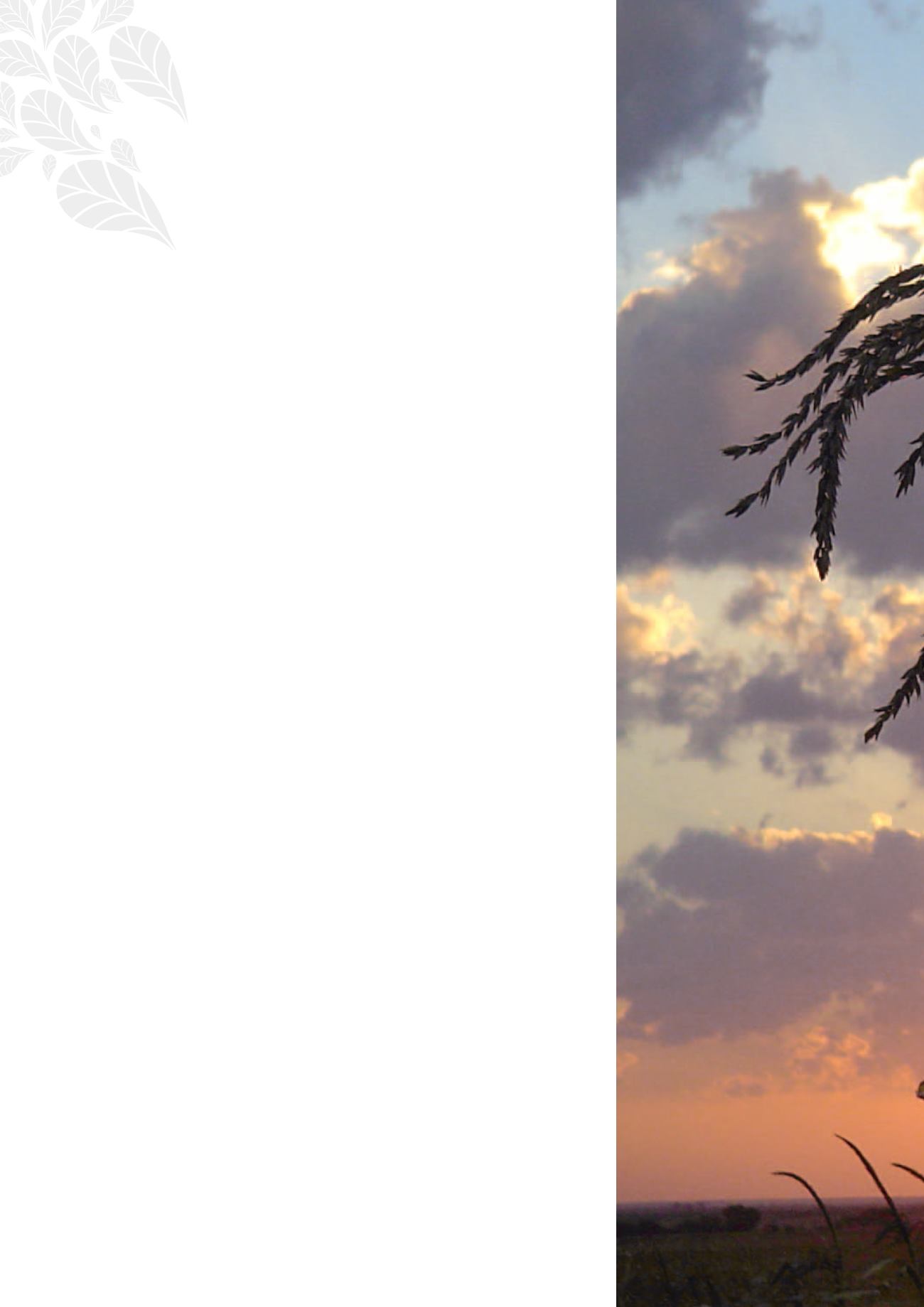

THE
GRAIN AND OILSEED INDUSTRY
OF SOUTH AFRICA – A JOURNEY THROUGH TIME
ႄႊ
23 June 1982 at a special Congress NAMPO in principle accepted the government
of the day’s policy for a freer economy. At that Congress the desire was expressed
for the maize industry to actively move to a market-related economic system.
During NAMPO’s third Annual Congress in 1983 an appeal was in fact made for the
Maize Board to be empowered to act more autonomously as the marketing arm of
maize producers.
Visit by Mandela and other heads of government
Since about 1989 Dr Le Clus and Van Zyl were speaking to high-ranking ANC
members to try and convince them of the importance of agriculture for South
Africa. After Mandela was released from prison, these talks were followed by an
invitation for him to visit NAMPO.
Van Zyl addressed the invitation to the ANC via Mr Mosiuoa Lekota, a senior
member of the ANC and later the first Premier of the Free State after the election
of 1994. The ANC accepted the invitation and made arrangements for Mandela and
other senior members of the ANC, including Messrs Trevor Manuel and Mosiuoa
Lekota, to meet a few members of the NAMPO management at NAMPO Park
outside Bothaville. The visit took place on Sunday, 13 May 1992. The visitors were
entertained and NAMPO’s representatives used the opportunity to build on the
talks by Dr Le Clus and other office bearers from NAMPO with the ANC.
The delegation was informed of the position of the maize industry and the important
role it played in the domestic economy and particularly in the provision of staple
food to a large portion of the South African population. The producers’ fears for the
future were shared with Mandela and the issue of land tenure and the protection
of property rights were discussed with him. The latter issue was discussed with
Mandela on later occasions too.
Mandela spelt out the ANC’s policy clearly and extended an open invitation to
NAMPO’s management to contact him at any time about the affairs of farmers.
During the visit and the meal the conversation sometimes took a more informal turn
and a few interesting facts were revealed. Lekota, for example, recounted that many
of their followers believed all the silos at NAMPO Park to be filled with gold. It was ex-
plained to him that the producers sometimes referred to maize as white gold (for white
maize) and yellow gold (for yellow maize), but that they definitely did not store gold
there. The NAMPO representatives were also very amused at a question fromManuel,
who wanted to know how often maize plants had to be planted.
In the period before the change in South Africa’s political dispensation in 1994 several
Ministers from the South African government held discussions with representatives
from NAMPO and paid visits to NAMPO, particularly the Ministers of Agriculture from
time to time. Various other senior political figures and heads of state, in addition to
Mandela, visited NAMPO and the NAMPO Harvest Day, including King Mswati III from
Swaziland and a number of his Ministers.
After Mr Thabo Mbeki had been elected President of South Africa, Mr Japie
Grobler, Chairperson of NAMPO, held regular discussions with him. At the first
of these discussions Grobler pointed out to Mbeki that there was no plan for
agriculture in South Africa and that it was therefore impossible to do something
about the establishment of black commercial producers in the country.
On the basis of this conversation Mbeki instructed Ms Thoko Didiza, Minister of
Agriculture in his cabinet, to draft a plan for agriculture. The Agricultural Plan, with
profitability, access to agriculture and sustainability as its main elements, was
accepted a few months later.
NAMPO Harvest Day
The NAMPO Harvest Day is a major success story that was inherited from SAMPI
and has made such an important contribution to the grain industry, SAMPI, NAMPO
and Grain SA over a long period that it justifies a chapter on its own. The origin and
development of the NAMPO Harvest Day and highlights from its history are contained
in Chapter 6.
















